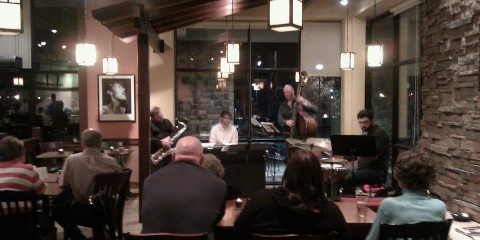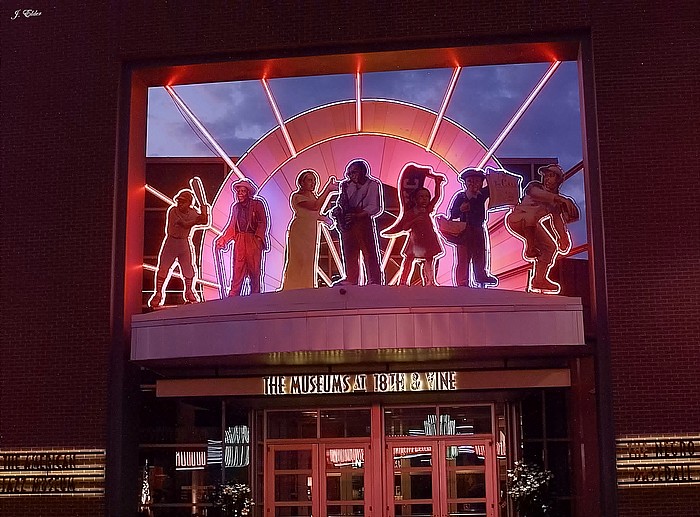

Q: What are the Blue Room's hours of operation?Ī: Currently the Blue Room is open on Mondays from 7:00 pm to 10:00 pm, Thursdays from 12:00 pm to 1:00 pm, Fridays from 5:00 pm to 11:00 pm, and Saturdays 7:00 pm to 11:00 pm.

Unless otherwise noted, all ticket purchases are non-refundable. A multifaceted exhibit highlighting the countless musicians who crafted “Kansas City jazz,” a sound known all over the world, The Blue Room also provides a distinctive platform to present dynamic performances from the best local and national jazz talent in an intimate setting. At the Blue Room, upcoming bands, seasoned veterans of the local jazz scene, national talent and internationally renowned jazz artists share the spotlight. Named after the famed 1930s Street Hotel club in the Historic 18th & Vine Jazz District, The Blue Room simultaneously honors the past and showcases the present names in jazz.

Notables of Kansas City jazz include pianists Pete Johnson and Mary Lou Williams, singer Big Joe Turner, trumpeter Oran “Hot Lips” Page, saxophonists Jimmy Smith, Buster Smith, Ben Webster, and Lester Young, bassist-bandleader Walter Page, saxophonist-bandleader Andy Kirk, and pianist-bandleaders Bennie Moten, Jay McShann, and Count Basie.The Blue Room is back! Click "View Upcoming Events" to see performances in our museum's jazz club! Hammond discovered Kansas City talent in the shape of Count Basie. Kansas City jazz burst on to the national scene in 1936 when record producer John H. Just six blocks to the south, jazz also flourished at 18th & Vine, which became nationally respected as the epicenter of the city’s African American community. At its height, 12th Street was home to more than fifty jazz clubs. Kansas City’s 12th Street became nationally known for its jazz clubs. A saxophone player named Charlie Parker began his ascent to fame here in his hometown in the 1930s. Legends like pianist-bandleader Count Basie, saxophonist-bandleader Andy Kirk, singer Big Joe Turner, trumpeter Oran Thaddeus “Hot Lips” Page, and pianist-bandleader Jay McShann all played in Kansas City. At one time, there were more than 100 nightclubs, dance halls, and vaudeville houses in Kansas City regularly featuring jazz music. Only in Kansas City did jazz continue to flourish during the Depression. This “wide-open” town image attracted displaced musicians from everywhere in mid-America. During prohibition, he allowed alcohol to flow in Kansas City. Kansas City jazz flourished in the 1930s, mainly as a result of political boss Tom Pendergast. By the mid-1920s, the big band became the most common. In the early days, many jazz groups were smaller dance bands with three to six pieces. In fact, the city’s first jazz recording by Bennie Moten in 1923 was “Evil Mama Blues.” Settings such as dance halls, cabarets, and speakeasies fostered the development of this new musical style.

Blues singers of the 1920s and ragtime music greatly influenced the music scene, evolving eventually to Kansas City jazz-a new kind of blues that jumped with a jazz sound. Blues formed the basic vocabulary for KC-style jazz. Kansas City is world-renowned for its rich jazz and blues legacy.


 0 kommentar(er)
0 kommentar(er)
